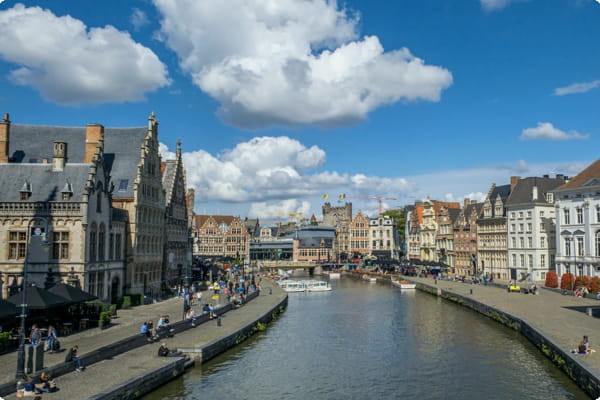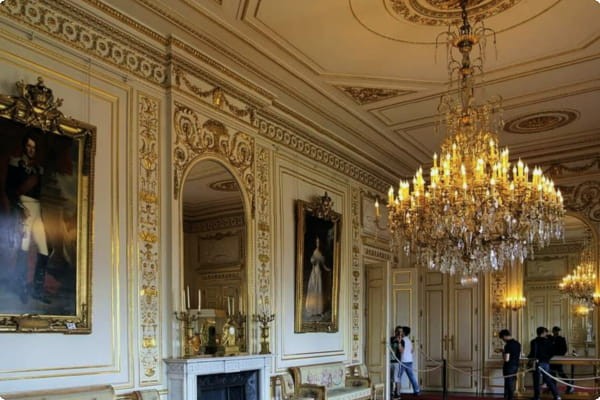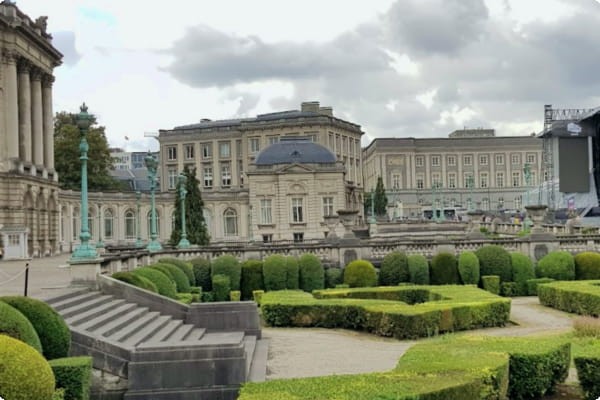The small kingdom of Belgium, which has retained its medieval flavor
Belgium is a developed European state with good infrastructure and services for tourists. Here you can get acquainted with medieval castles, squares and other ancient architecture, enjoy nature. Consider the main attractions of this country.
The city center of Bruges is a must-see for this historically important place, perfectly preserved to this day. It is especially worth paying attention to the Gall tower, which was built back in 1040 on the central square of the city, it can be seen from any point in it. In medieval times, the territory of the square was used as a market, trade was actively conducted here. From the outside, the buildings built on the square may look gloomy in brown tones, but upon closer inspection, you can see a lot of additional decorations. Here, tourists can walk on foot, as the square is closed to traffic. Also in Bruges is the Basilica of the Holy Blood, built in the 12th century, preserved to this day in its original form. The building consists of two floors, outwardly it looks rather austere, but it has an interesting ornament in stone, the inner courtyard is still paved with medieval cobblestones.
It is impossible to get acquainted with the sights of Belgium in one day, as well as in a week, but you can see the maximum number of new places with the help of a rented car at one of the country's airports. For example, in Brussels you can rent a car from 15 euros per day, in Antwerp - from 17 euros per day.
Gravensten Castle - located in the city of Ghent, was built in the 9th century primarily to protect the bloodthirsty Vikings. Over the centuries, the castle was radically rebuilt several times, initially it was made of wood, later in the 12th century the building became stone and more impressive, of three floors with a large central staircase. A feature of the castle, which speaks of the prosperity of the owner, is the presence of stoves and latrines.


The Cathedral of St. Bavo is a cathedral that was built over several centuries, while construction was periodically suspended and continued. The building was finally put into operation in 1569. Charles the fifth was baptized here. The main feature and masterpiece of the church is the altar, which is dedicated to the worship of the Lamb, who embodies the image of Christ.
Museum "In the fields of Flanders" - the museum's exposition was last updated in 2012 and represents the front-line Ypres. Here are maps, personal items and weapons of soldiers. The museum makes good use of modern technology, sound, video and sensory effects meet here. The map unfolds the details of the battle that took place on Ypres during the First World War. At the same time, the plot is supplemented by the stories of people who participated in this event. Everywhere here you can see a red poppy, a symbol of grief for the dead.

Meuse Valley - you can take a trip along the river, see the ancient limestones, forests, plains and small villages located along the river. If you go on land, then for tourists a lot of hiking routes and trails have been developed here. There is also the opportunity to ride a bike to the famous citadels located on top of the limestones. And the embankment itself looks great and its appearance is supported by the state. The water in the river is clear, the surrounding air is clean.
Grand Place - was built in the 13th century, used primarily for trade, was paved with paving stones that could withstand loads well and maintain throughput. It also hosted jousting tournaments and other events that played a role in the life of the city. The buildings located on the territory of the square were built in the Gothic style, with numerous towers and columns. Nowadays, it is customary to decorate the square with a carpet of flowers.Belgium is a beautiful country that has retained its medieval flavor, combines ancient and modern architectural monuments, and has a variety of museums.